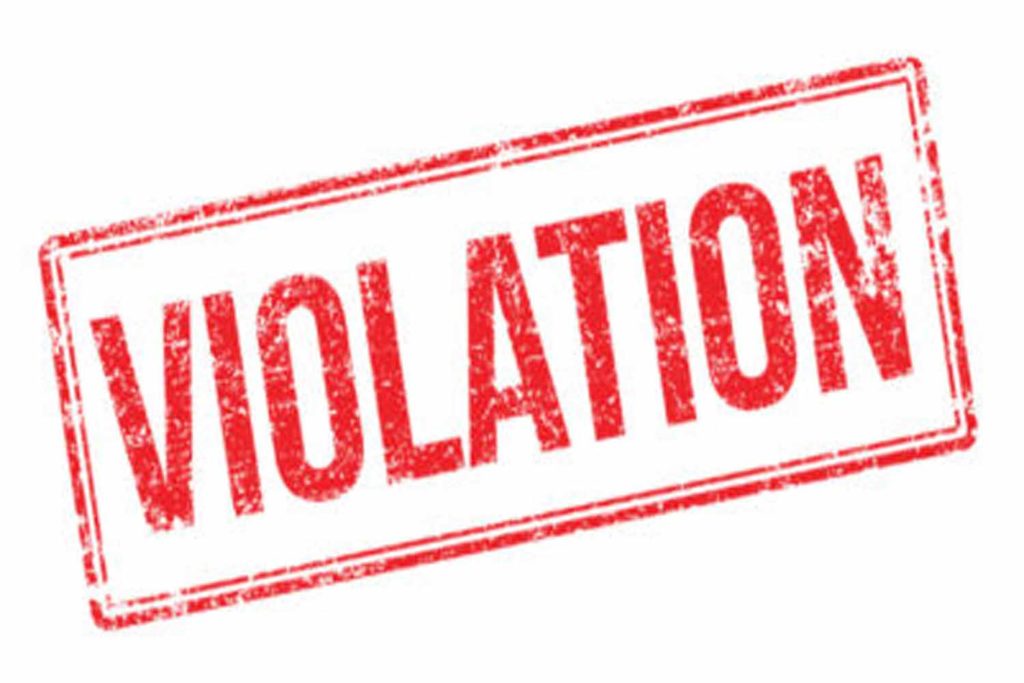This series will discuss the five most common violations prosecuted by the Department of Business and Professional Regulation (“DBPR”) pertaining to certified contractors. Part I of this series will discuss permitting violations and the steps to take in order to avoid the DBPR pursuing disciplinary action against a contractor’s license.
The Florida Administrative Code has tasked Building Officials throughout the state to establish permitting requirements for the municipality that they are employed by. Due to this provision, each municipality has varying permitting requirements, which each certified contractor must be aware of concerning the municipalities where they choose to perform services.
Section 489.129(1)(o), Florida Statutes, is the governing authority that DBPR cites to when prosecuting permitting violations. Prosecuting these types of cases is fairly simple; it does not take a lot of resources or witnesses. Usually, a permitting violation requires the DBPR to prove two elements:
- The qualified company or certified contractor performed work, and
- The work required a permit by the local building department and one was not obtained.
When prosecuting Administrative Complaints, the DBPR must prove its case by clear and convincing evidence. The clear and convincing evidence standard requires that the evidence “must be of such weight that it produces in the mind of the trier of fact a firm belief or conviction, without hesitancy, as to the truth of the allegations sought to be established.” In re Davey, 645 So. 2d 398, 404 (Fla. 1994). In any event, proving a permitting violation requires, typically, the homeowner and Building Official as witnesses. Considering, in most cases, only two witnesses are needed, the DBPR is able to meet its burden without having to exhaust many resources.
Avoiding a violation of this Statute requires certified contractors to be organized and always up to date regarding the permitting requirements in the municipalities where they perform work. There are a variety of options a certified contractor can take to help avoid a permitting violation; however, much depends on the size of the company an individual is responsible for. Certified contractors that do not employ many people and do not perform many projects throughout the year are more adapt in being able to stay up to date with the requirements of the municipalities where they perform work.
Companies that perform work across the state must have an organized method to maintain their projects. It is not practical for the qualifier of a large construction company to be involved in the smaller aspects of a project. This is why having an organized structure defining the responsibilities for each employee is paramount. Depending on the amount of work a company performs, having an employee being responsible strictly for permitting issues is a consideration a certified contractor may want to think about.
One simple email to the local building department can go a long way in potentially protecting a certified contractor’s license from being prosecuted for a permitting violation. Of all the provisions of Chapter 489, Florida Statutes, permitting violations is one of, if not, the most prosecuted violation for the DBPR. However, it is also one of easiest violations to avoid.
Learn more about this topic by reading all the blog articles in this series:
- Part I: Common Licensing Violations
- Part II: Civil Judgement Violation
- Part III: Building Code Violation
- Part IV: Abandoned Construction Project Violation
- Part V: Unqualified Company Violation

